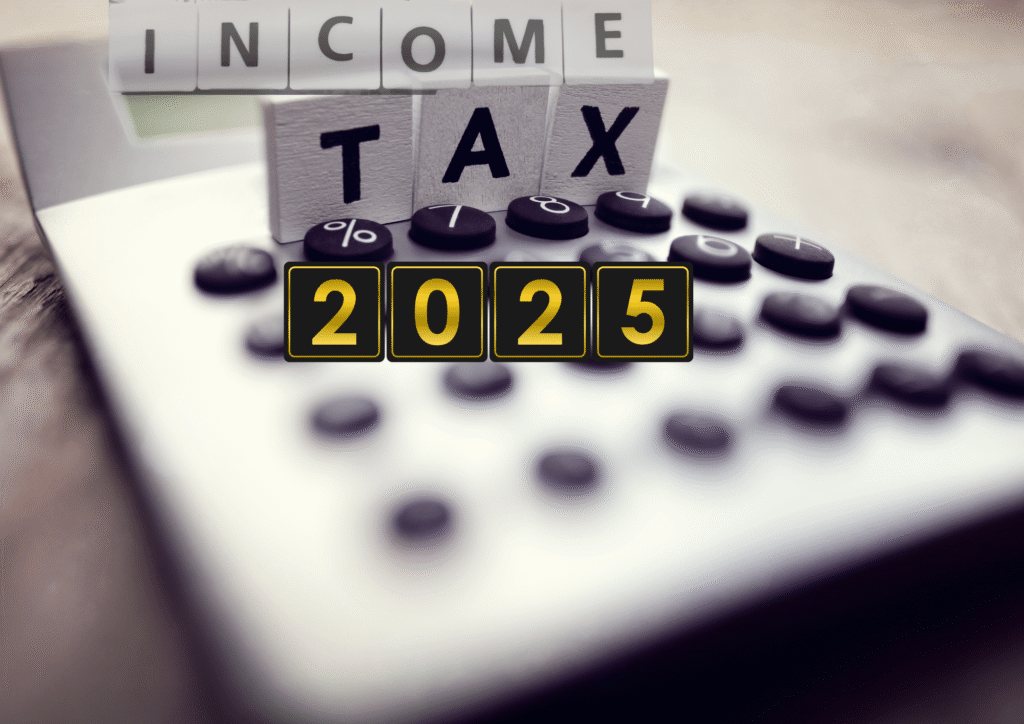Filing your Income‑Tax Return (ITR) accurately is crucial to avoid notices, penalties, or delays. For Assessment Year (AY) 2025‑26, the Income‑tax Department has finalized six core ITR forms (ITR‑1 through ITR‑6). This guide helps you identify the perfect form based on your residency, income sources, gains, and entity type—ensuring a smooth e‑filing experience.
Table of Contents
Why Choosing the Right ITR Form Matters
-
Compliance: Prevents mismatches with pre‑filled data and e‑filing errors.
-
Accurate Tax Computation: Ensures you don’t under‑ or over‑report income, gains, or deductions.
-
Penalty Avoidance: Selecting wrong form can trigger notices under Section 139(9).
-
Smooth Refunds: Correct form → faster processing of refunds or refunds.
⚡ Pro Tip: Always review your Form 26AS and TDS certificates before selecting your ITR form to confirm income heads and tax credits.
ITR 1 (SAHAJ): Simplest for Salaried Individuals
Who Can File:
-
Resident individuals (not RNOR/NR)
-
Total income ≤ ₹50 lakh
-
Income from:
-
Salary/pension
-
One house property
-
Other sources (interest/dividends)
-
LTCG up to ₹1.25 lakh on equity/ELSS (Section 112A)
-
Agricultural income ≤ ₹5,000
-
Who Cannot File:
-
Directors of companies
-
Unlisted equity shareholders
-
Foreign assets/income holders
-
ESOP deferrals
-
Carry‑forward losses
-
Income > ₹50 lakh
<small>Learn more → Official ITR 1 Instructions</small>
ITR 2: For Complex Income Without Business Profits
Who Can File:
-
Individuals/HUFs (Resident, RNOR, NR)
-
Income from:
-
Salary/pension
-
Multiple house properties
-
Capital gains (any amount)
-
Lottery/horse race winnings
-
Foreign assets/income
-
Agricultural income > ₹5,000
-
Key Use‑Case:
-
You don’t have “Profit & Gains from Business or Profession,” but you have capital gains, foreign income, or multiple properties.
ITR 3: If You Have Business or Professional Income
Who Can File:
-
Individuals/HUFs with business or professional profits/losses
-
Partners in firms
-
Includes:
-
F&O / intraday trading
-
Cruise operations (Section 44BBC)
-
Unlisted shares
-
Ideal For:
-
Doctors, lawyers, consultants, traders, or manufacturers not under presumptive schemes.
ITR 4 : Presumptive Taxation Option
Who Can File:
-
Resident individuals, HUFs, and firms (not LLPs) under presumptive schemes
-
Total turnover ≤ ₹50 lakh (or ≤ ₹75 lakh for digital‑receipt professionals)
-
Income from:
-
Business under Section 44AD/44AE
-
Professional under Section 44ADA
-
Also Covers:
-
Salary/pension, one house property, other sources, LTCG ≤ ₹1.25 lakh, agri income ≤ ₹5,000.
ITR 5: Non‑Company Entities (Firms, LLPs, AOPs, BOIs)
Who Can File:
-
Firms, LLPs
-
Associations of Persons (AOPs), Bodies of Individuals (BOIs)
-
Co‑operative societies, business trusts, investment funds
Note: All non‑company legal entities fall under ITR 5, except charitable companies (Section 11).
ITR 6: Companies (Excluding Section 11 Charities)
Who Can File:
-
Domestic & foreign companies
-
Excluding companies claiming exemption under Section 11/12 (charitable/religious)
Key Updates & Deadlines for AY 2025‑26
| Update | Details |
|---|---|
| LTCG in ITR 1/4 | Allowed up to ₹1.25 lakh if no carry‑forward losses. |
| Capital Gains Reporting | Separate schedules for pre‑ and post‑July 23 2024 transactions. |
| Buyback Income | Report in “Other Sources” as “nil” CG. |
| Form Changes | New TDS sections; Aadhaar enrolment field removed; Form 10‑IEA declarations in ITR 4. |




